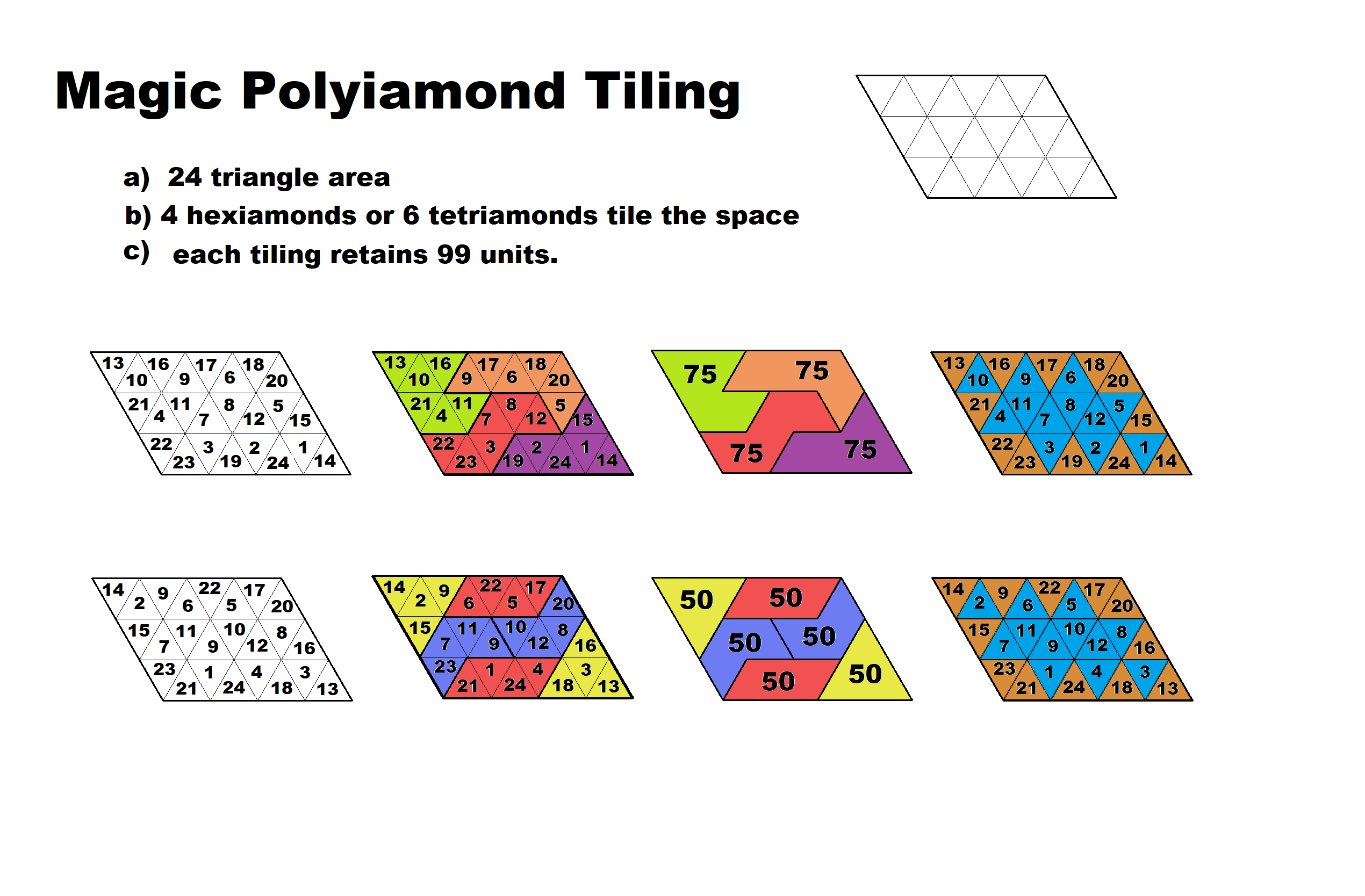
Inverse kinematic solutions of the multilink structure were developed. The problem of transporting an astronaut for extra-vehicular activity using a space station based flexible arm robot was studied. Goal driven kinematic simulation of flexible arm robot for space station missionsįlexible arms offer a great degree of flexibility in maneuvering in the space environment. Finally, the limiting inertia for payload mass is found if the allowable tip deviation is 5%.

To evaluate the effect of link flexibility (with and without payload) of robotic arm, the normalized tip deviation is found for flexible link with respect to a rigid link. The kinematics of flexible link problem is evaluated by Assumed Modes Method (AMM) using MAT LAB Programming. The joint is assumed to be rigid and only link flexibility is considered. The main objective of this paper is to evaluate the effect of link flexibility on a tip position of a single link robotic arm for a given motion.

It is important to model the link kinematics with precision which in turn simplifies modelling of dynamics of flexible robots. The flexibility in links and joints affects end-point positioning accuracy of the robot. These robots are inherently flexible, so that the kinematics of flexible robots can't be solved with rigid body assumptions. The flexible robots are widely used in space applications due to their quick response, lower energy consumption, lower overall mass and operation at high speed compared to conventional industrial rigid link robots. Finally, from experiment results, it is proved that not only the axial contraction control of a single PMA but also the attitude control of the whole pneumatic flexible robot arm using PID controller are satisfactory.Įffect of Link Flexibility on tip position of a single link robotic arm An inverse kinematic model for the motion control is also developed. The PMA is a flexible silicone rubber actuator which has some behaviors nearest to the real biological muscle including translational and rotational motions.

An artificial flexible robot arm based on pneumatic muscle actuatorsĭirectory of Open Access Journals (Sweden)įull Text Available The purpose of this paper is to develop a novel human-friendly artificial flexible robot arm using four parallel-connected pneumatic muscle actuators (PMAs.


 0 kommentar(er)
0 kommentar(er)
